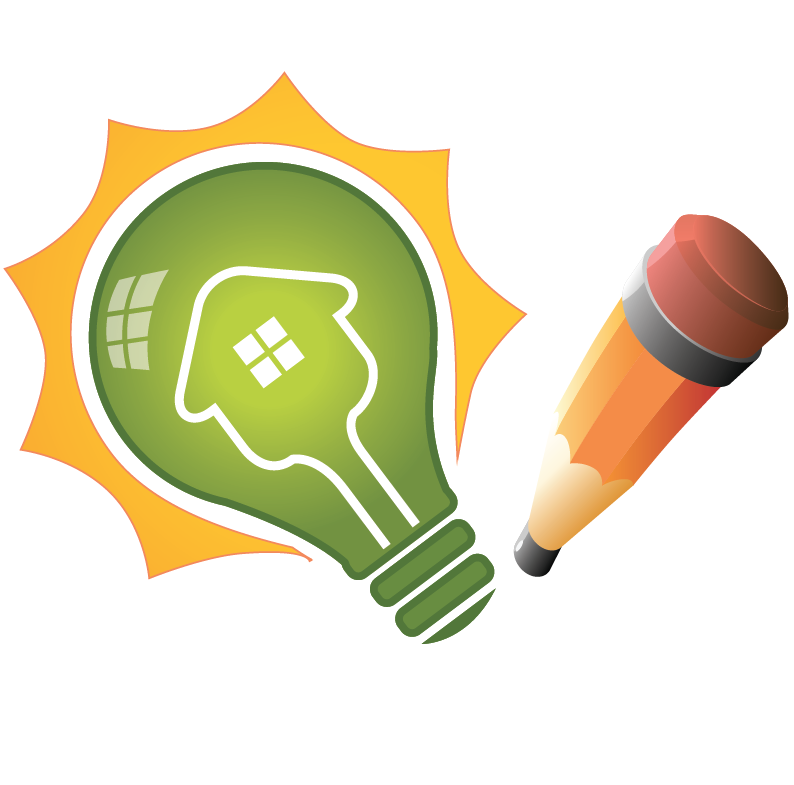Your email marketing blasts — henceforth known as eBlasts — can be a double-edged sword for your business. On one hand, they can help you engage prospects and drive conversions. On the other hand, they can annoy leads and cost your team valuable time and money. Therefore, it's important your team gets email marketing right by optimizing your eBlast's frequency and timing, content and key components.
 Frequency and Timing
Frequency and Timing
First, you'll want to draw up the schedule itself and with it, answer the $64,000 question: how often to email your audience? The answer, of course, is "it depends." More than anything, you don't want to annoy your leads and customers, so a basic rule of thumb is to not exceed four blasts a month per audience member. Ultimately, we say "it depends" is because if your metrics tell you that emailing prospects twice a month generates more conversions than emailing four times a month, then you'll want to cap it at twice a week. In other words, go to where the measurement data takes you. (But for all intents and purposes, we don't recommend exceeding four emails a month.)
This bring us to the next question: which day of the week is best to send your email? Short answer: Most studies support that sending emails on Tuesday, Wednesday or Thursday afternoons will yield the best results.
eBlast Content
Now that you've established a schedule — let's say the second and fourth Tuesday of the month, at two p.m. — you'll now need to determine what content to include. We suggest striking a balance between informational and sales-related content. But what exact content to include? The answer is — you guessed it — it depends on your audience. Successful solar email marketing is predicated on email segmentation — breaking up your contents based on their location in the solar sales funnel — and sending them content attuned to their needs.
For simplicity's sake, you can break your contacts into two buckets: leads and customers. Leads, naturally, will be located in different parts of the solar sales funnel. Those at the top need to become accustomed to your brand. They need to be educated. You need to establish trust. Therefore, deliverables like FAQs, white papers and customer testimonials would make the most sense. Leads who are this close to converting need things like free consultations and discounts. Current customers, on the other hand, need to be reminded of money saving tips, upcoming events, and the occasional new product. (Click here for more information on the solar sales funnel.)
Components of a Great eBlast
With the scheduling and content of your eBlast in place, you can now focus on some "best-in-class" components of eBlasts. These include:
-
A catchy subject line. Our pals over at Hubspot have some helpful tips on this topic.
-
A call to action. Make sure your eBlast has an end-goal in mind and incorporate a strong call to action to make it a reality. The CTA should include a strong, action-oriented verbs like "discover," "learn" and "download." Also make sure the copy matches up with the landing page, specifically in terms of what you're offering, whether it's a "free trial" or "complementary white paper."
-
A method of measurement. As previously noted, make sure you measure the effectiveness of your eBlasts. (But you already knew this.)
Now we'd like your feedback. What's the most important element of a solar email marketing campaign? What kind of subject lines ensure that recipients open the message? Is email marketing worth the effort?
Looking for more tips to make the most of your eBlasts? Contact us for a free consultation.






